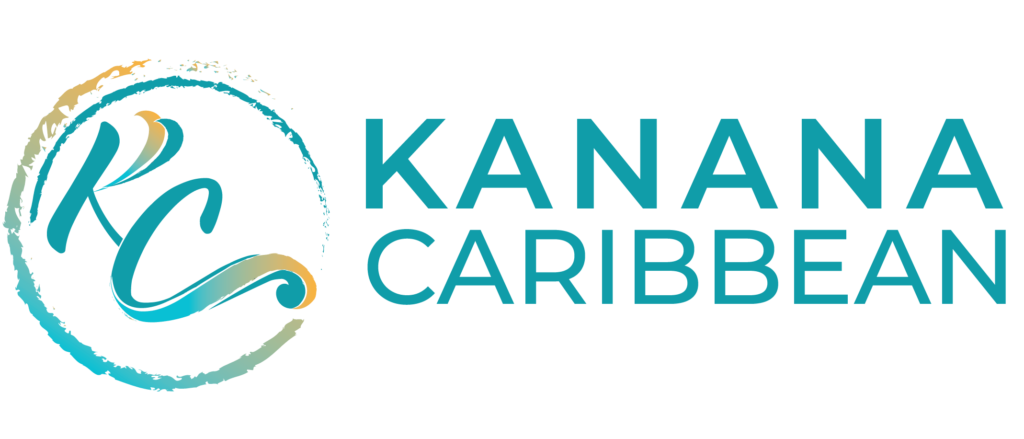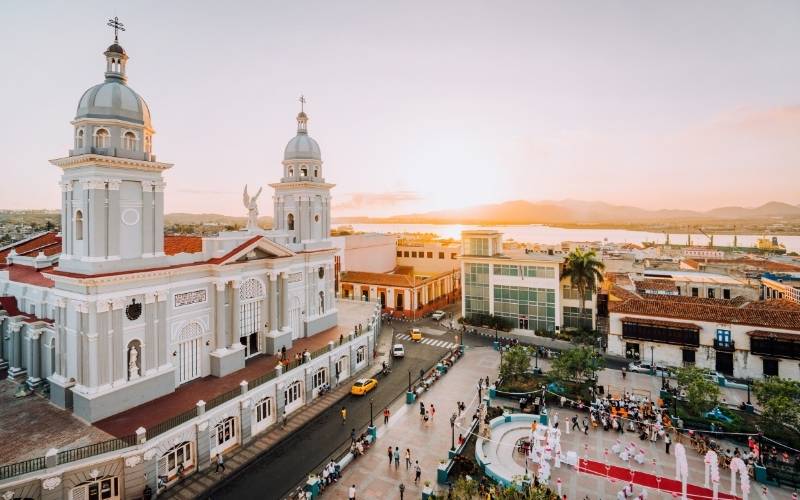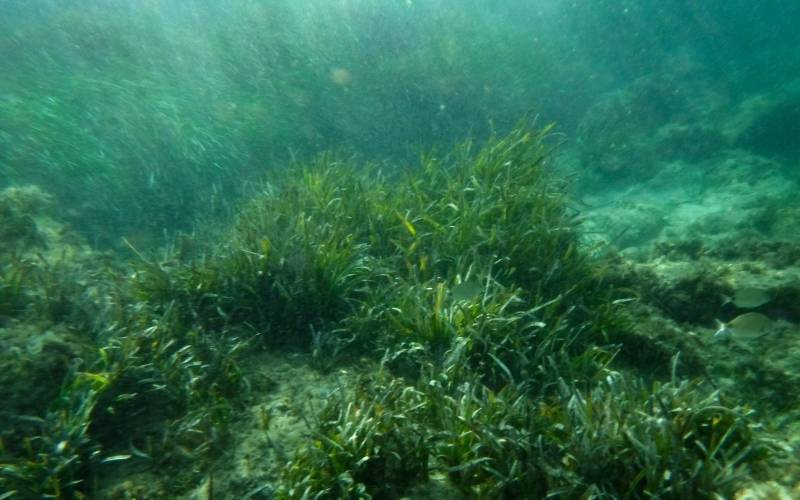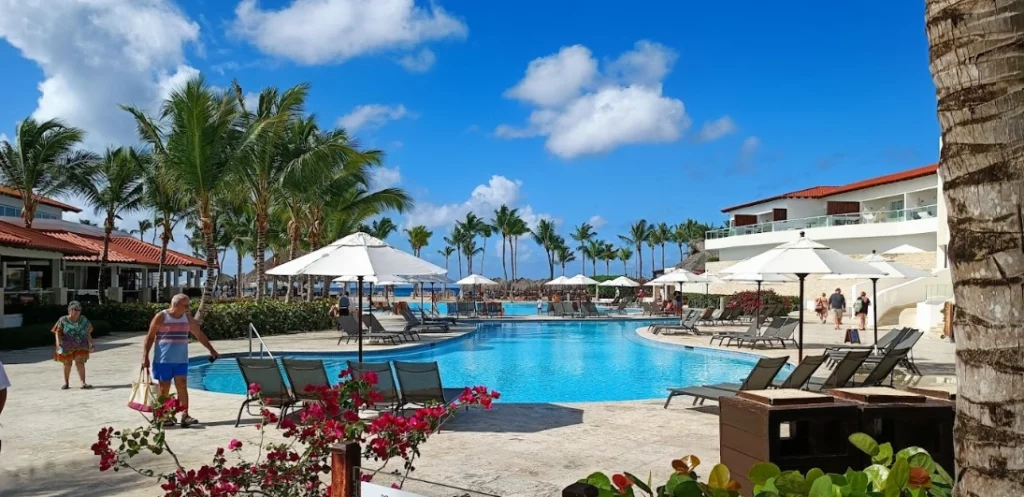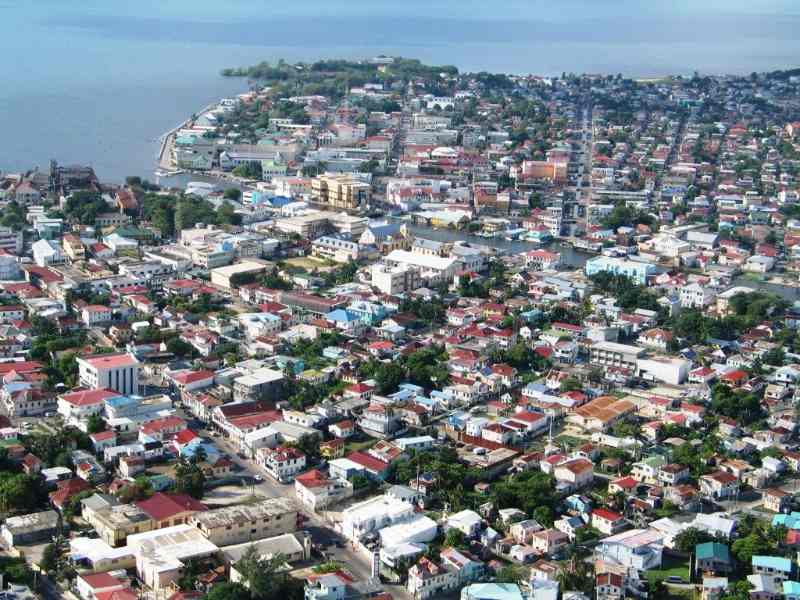Following Hurricane Fiona, Bidden Declared a Major Catastrophe in Puerto Rico
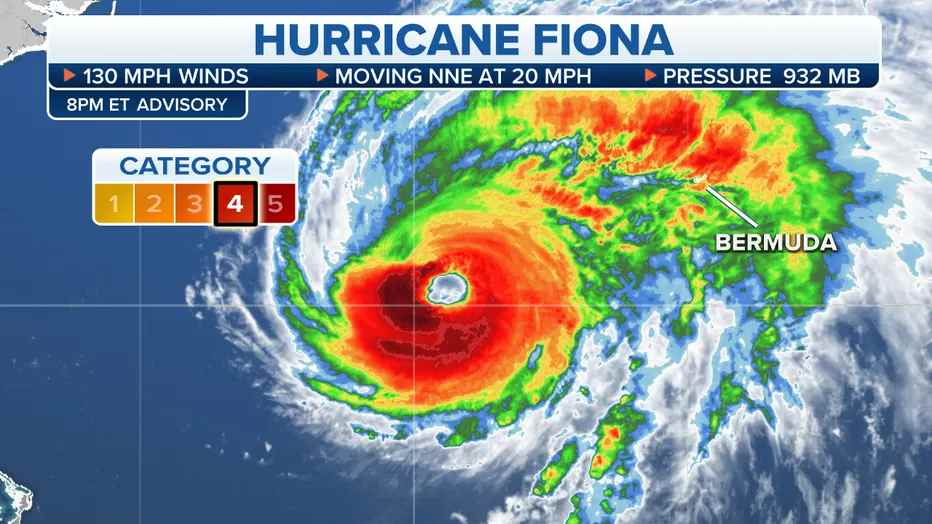
Since making landfall on Sunday, Hurricane Fiona has brought about torrential rain, flooding, and landslides in Puerto Rico, the Dominican Republic, and the Turks and Caicos Islands.
Puerto Rico is still working through its five-year recovery from Hurricane Maria. The entire territory was without electricity for a week due to that storm which also cost 3,000 lives. Once more wreaking havoc on Puerto Rico’s infrastructure, Hurricane Fiona knocked out electricity for nearly a million people and left 55% of homes without running water. The catastrophic storm destroyed Puerto Rico’s flimsy electrical infrastructure, leaving the island’s 3 million residents without power.
According to the hurricane center, Fiona was expected to pass close to Bermuda on Thursday night before making landfall in eastern Canada on Saturday. On Thursday morning, the storm, which was located approximately 485 miles southwest of Bermuda, had maximum sustained winds of 130 mph. With a speed of 13 mph, it was heading northeast.
The Consequences of Hurricane Fiona
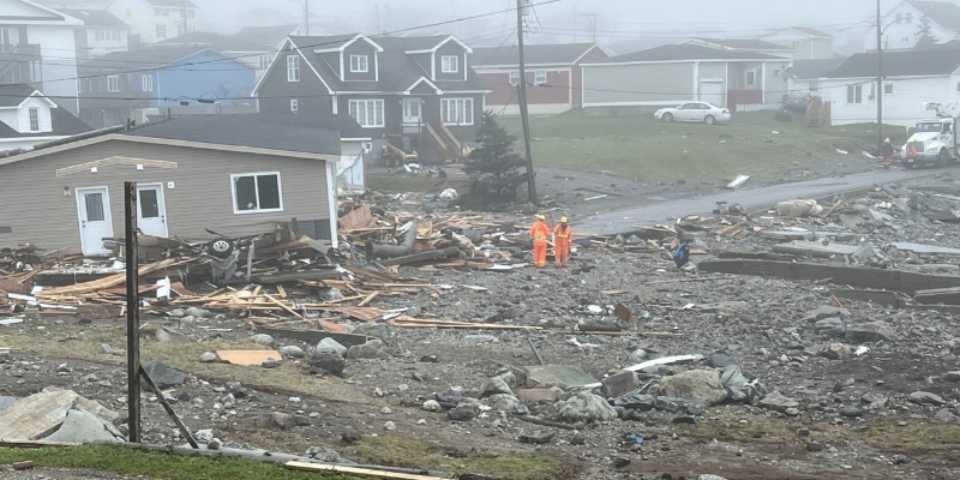
Hurricane Fiona, which wrecked roads and bridges and resulted in devastating flooding in Puerto Rico, trapped numerous people. Authorities are still having problems reaching people four days after the storm made landfall on the U.S. territory.
Manuel Veguilla resides in one of the remote areas of Puerto Rico. He hasn’t been able to leave his neighborhood in Caguas, a town in the northern highlands since Fiona swept in on Sunday. We’re all alone, he added, and voiced concern for his elderly neighbors, especially his elder brother, who lacked the strength to make the short journey to the distant village.
Veguilla had heard that the city might open a way on Thursday, but he didn’t think it would take place because a nearby bridge and the 10-foot area beneath it were both encircled by huge boulders. He claimed that on Wednesday, an elderly woman’s son was able to return on foot with only a few necessities.
Food and water left by charitable organizations have been shared by neighbors. Veguilla asserted that he and others used picks and shovels to clean the debris after Hurricane Maria. On the other hand, Fiona had massive landslides.
To aid the Caribbean territory of Puerto Rico in its recovery from Hurricane Fiona, which is believed to have killed eight people there, the U.S. government is deploying resources and manpower.
What Do Authorities Have to Say About the Destruction?

Two days after Fiona battered the island with intense rainfall and destroyed its frail power supply, Governor Pedro Pierluisi urged the Biden administration for an expedited declaration on Tuesday. President Biden has designated Hurricane Fiona’s destruction as a catastrophic tragedy and increased federal funding as a result.
Biden stated that “too many families and businesses are still without clean drinking water and electricity.” “Yesterday, at the governor’s request, I swiftly signed an accelerated major disaster designation to provide private and public aid to help individuals and towns recover from [the hurricane]. This proclamation will, well, get government resources there quickly. And it will support individuals in beginning to restore their lives.
Supporting Puerto Rico with aid was one of Biden’s campaign promises. With his response to Hurricane Maria in 2017, former President Donald Trump, according to Biden, “made things worse” for the island.
On Sunday, Biden authorized the creation of an emergency. However, the major disaster declaration enables FEMA to give low-cost loans to cover uninsured property losses, pay for various programs to aid people and business owners in recovering from the storm, and directly assist people in paying for temporary lodging and house repairs.
Additionally, Puerto Rico can now receive federal monies on a cost-sharing basis for hazard reduction measures, emergency protective measures, and debris clearance.

The private business in charge of maintaining Puerto Rico’s infrastructure, LUMA Energy, reports that as of Wednesday morning, it had restored power to 376,000 of its 1.5 million customers, even though the island is still experiencing power outages.
FEMA Administrator Deanne Criswell is in Puerto Rico working with Pierluisi to survey the damage and coordinate the emergency response with the governor’s office.
On Wednesday, however, representatives of a collection of community organizations from all across Puerto Rico decried the recovery’s pace and introduced the Fiona Community Response Fund as a means of raising money. They pointed out that roughly two-thirds of Puerto Ricans still lack access to essential utilities, like clean water.
According to José Dáz Pérez, a community worker with Casa Tallaboea, a group that assists locals living in Peuelas neighborhoods, floodwaters is still engulfing fresh areas of the island. That neighborhood is in the southern region of Puerto Rico, where the most precipitation fell. He claimed that places that had never flooded previously were suddenly doing so.
Keith Turi, the assistant administrator for recovery at FEMA, stated on Wednesday that the organization has not yet received a formal estimate of the damage in Puerto Rico. On the island, he also foresaw “continued risks” like mud and rockslides, more rain, and high temperatures.
Since the ground has been loosened, Jonathan Porter, chief meteorologist at AccuWeather, stated that “the possibility of more slides will continue for the next several days.” He warned that mudslides can delay the delivery of relief to those in need in distant places and seriously harm property and further infrastructure.
What Does AccuWeather Have to Say About Hurricane Fiona?
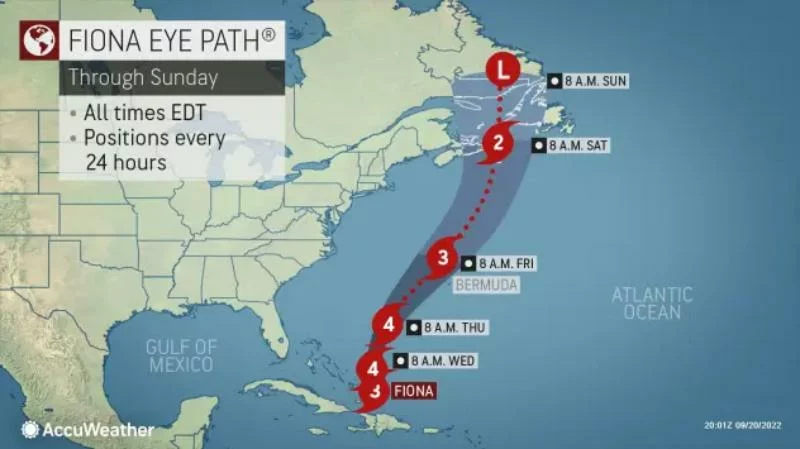
According to AccuWeather, the economic toll that Fiona will have on Puerto Rico will be around $10 billion, or 10% of the island’s GDP. This estimate takes into account the consequences of the power outage, employment losses, and decreased tourism.
Porter, though, added that “I still don’t think we have a strong idea” of the effects in some of the most rural places.
The National Hurricane Center is keeping an eye on a tropical wave near the southern Windward Islands that, based on the center, has a 90% chance of intensifying over the next five days into a tropical depression or worse. It stated that the Air Force Reserve was starting system reconnaissance flights, which will help forecasters determine whether the system could represent a threat to the United States or other nations.
Porter continued that the threat from the next system appears to be going to be well south of Puerto Rico, which is fantastic news for Puerto Rico.
At least five fatalities have been linked to Fiona thus far, including two in Puerto Rico, two in the Dominican Republic, and one in Guadeloupe, a French overseas territory.
On Tuesday, Fiona also made landfall on the Turks and Caicos Islands, although there were no fatalities and only little damage, according to local authorities.
Sources
Find Related News
Subscribe To Our Newsletter

Popular Posts
The Bahamas Holidays & Events You Must Attend at Least Once in A Lifetime
The Bahamas holidays are the definition of paradise, with over 700 islands encircled by dazzling blue waters. As you discover pink beaches, hidden sandbars, and deserted islands and coves, unwind and refresh during the Bahamas holidays.
